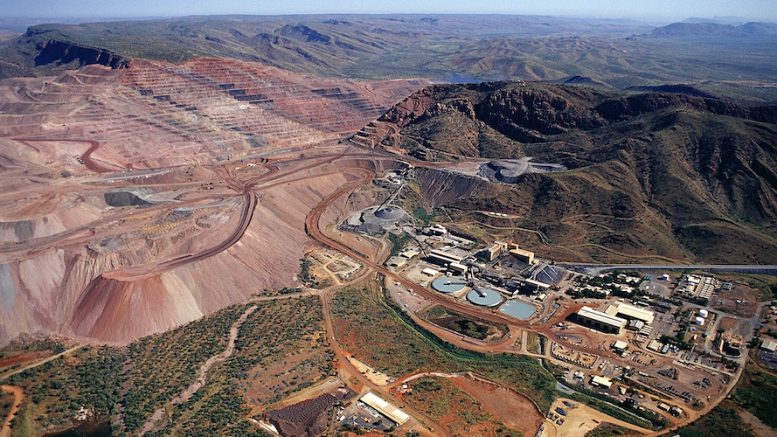Researchers from Curtin University have identified the missing third key ingredient needed to bring valuable pink diamonds to the Earth’s surface, which could be the answer the market was looking for after the closure of Rio Tinto’s (NYSE: RIO; LSE: RIO; ASX: RIO) Argyle mine — the world’s biggest and the main global source of high-quality pink diamonds.
Studying diamond-rich rocks from Western Australia’s Argyle volcano, the scientists discovered that rare pink diamonds date from about 1.3 billion years ago, which is 100 million years older than previously thought.
The importance of this discovery, published in the journal Nature Communications, is that it shows pink diamonds found at surface level turn that colour by being subjected to forces equal to those of colliding tectonic plates.
The study concludes that the stretching of continents during continental break-up hundreds of millions of years ago was the missing component of the equation.
Lead researcher Dr. Hugo Olierook, from Curtin’s John de Laeter Centre, said the “stretching” of landmasses created gaps in the Earth’s crust through which diamond-carrying magma could rise to the surface.
“By using laser beams smaller than the width of a human hair on rocks supplied by Rio Tinto, we found Argyle would likely have formed as a result of an ancient supercontinent breaking apart,” Dr. Olierook said.
“While the continent that would become Australia didn’t break up, the area where Argyle is situated was stretched, including along the scar, which created gaps in the Earth’s crust for magma to shoot up through to the surface, bringing with it pink diamonds,” he noted.

Some of the last diamonds mined at the iconic Argyle mine. Credit: Rio Tinto
Co-author and principal geologist Murray Rayner, from Rio Tinto, said the Argyle volcano has produced more than 90% of the world’s pink diamonds, making it an unparalleled source of these rare and coveted gems.
The Argyle mine was Australia’s first large-scale diamond operation, pioneering the fly–in fly–out model, and seen as an opportunity for a workforce drawn from across the nation.
It also triggered the creation and adoption of new technology and exploration methods to make the search for diamonds more efficient across the rugged and remote Kimberley landscape.
At its peak, Argyle churned out 40% of the world’s diamond output, which made it the biggest producer by volume.
It closed down in 2020, 37 years after producing its first pink diamond.


Be the first to comment on "Researchers discover missing clue to find pink diamonds"